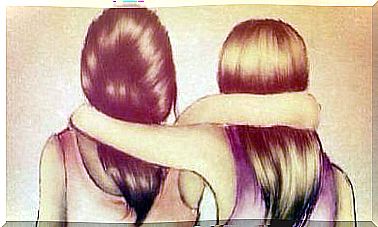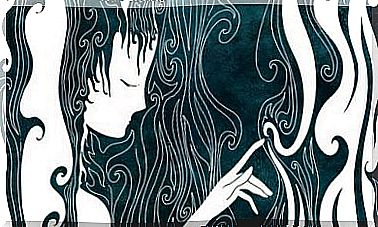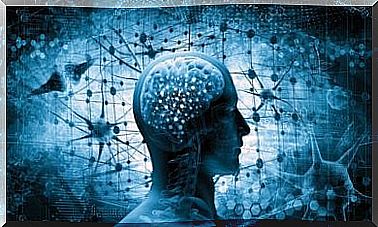Penfield’s Homunculus: Characteristics And Functions
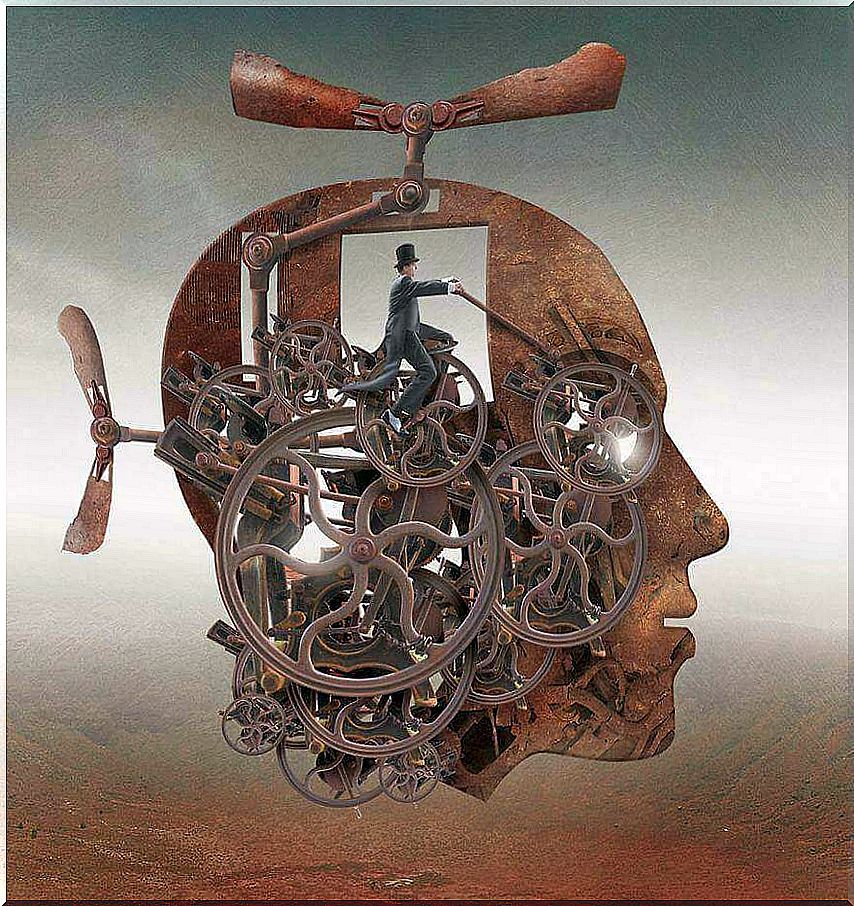
Our brains are extraordinary. We have been studying it for years and still have not discovered all of its possibilities. It is like the universe, infinite and full of surprises. Perhaps this is why we try to minimize discovery when we discover new functions or areas of the brain. This is what happened with the famous Homunculus of Penfield.
Penfield’s Homunculus was first described by Dr. Wilder Penfield between the 1940s and 1950s. This Canadian neurosurgeon sought to explain and cure neurological diseases such as epilepsy. During its work, the brain does not feel pain. He then applied electric shocks to different regions of the brain. He then asked his patients, who were awake, how they felt.
By applying these shocks, he discovered a small region of the brain where a sensory map of our body is established. This sensory map reflects the sensitivity of each part of our anatomy. He decided to represent this area as if it were a human form. Giving then birth to the Homunculus of Penfield.
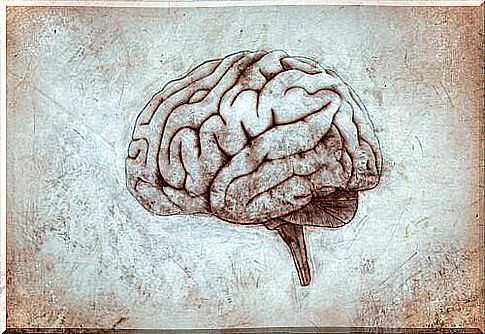
What makes this representation special is being aware that we have areas in our body that are more sensitive to stimulation than others. Thus giving shape to a disproportionate and deformed man, where the most sensitive areas are larger than those which are less sensitive. But that’s not all. Shortly after, it was discovered that not only one man lived in our head. But two. One sensory and the other motor. Both very different but with some common points.
Now let’s get to know them more in depth.
Motor homunculus or primary motor cortex
The motor homunculus or the primary motor cortex is located right next to the sensory homunculus. It is exactly located in the central groove of the frontal cortex. This area is the most important for the motor functioning of our body.
Together with other areas, such as the supplementary motor cortex and taking into account the input received from the Thalamus, it develops and performs the motor movements of our body. This is why its appearance is slightly different from the sensory homunculus. Her mouth, her eyes and especially her hands are huge. Due to the greater specificity for locating receptors and motor nerves.
A curiosity of this area is that it develops differently in every human being. This implies that the speed of its development is unique and personal. It depends on which parts of the body are used the most. And how we will achieve better motor skills in general. Or better trained.
Sensory homunculus or primary somesthetic cortex
The Sensory Homunculus represents the primary somesthetic cortex or, equivalent to the same thing, our body’s tactile sensitivity, pressure, or pain. It is located in the parietal lobe, just at its junction with the frontal lobe. Explained differently, the sensory homunculus includes Broadman zones 1, 2, and 3.
In this area, our body diagram is represented in a contra-lateral way. That is to say laterally inverted. This means that the right representation of our body is found in the left area of this area of the brain. And the left representation in the right area. Although it may surprise us, it is something very common in the way our brains work.
It should be noted that this sensory area receives most of the information from our body projected through the thalamus. The thalamus is the area of integration of the different sensory sources of our brain, so that we perceive our world in an integrated way and not separated according to the sense which perceives it.
In addition, the sensory Homunculus is responsible for our own perception. That is, the state of our inner body. It informs us of the posture, the state of our organs and our muscles. And although it may seem strange to us, how we are from the inside.
All this makes this area vital for our well-being, bringing out our emotional well-being. This is so because the sensory homunculus represents the lips and extremities more prominently. Making that hugs, kisses and hugs are very important in terms of sensitivity. And a universe of emotions that it makes us feel.
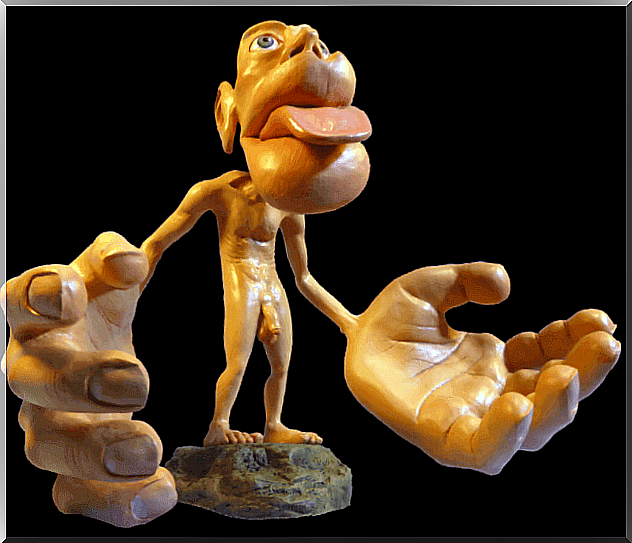
Phantom limb, the main disease of Penfield’s Homunculus
Penfield’s Homunculus, by collecting our bodily, sensory or motor representation, may be affected. In this case, it leads to a curious disease. The phantom member. When we suffer from this disease, the brain continues to feel or perceive the sensations of an amputated limb.
A derivative of the phantom limb is phantom pain. With phantom pain, the sensory area that represents the amputated part of the body sends painful sensations from our brain. This means that despite the amputated limb, we cannot help but feel it.
As we can see, a discovery guided by curiosity through electrical brain stimulation opened up a universe of possibilities. Thanks to her, we realized the importance of every contact on our skin and of our brain and emotional development.


